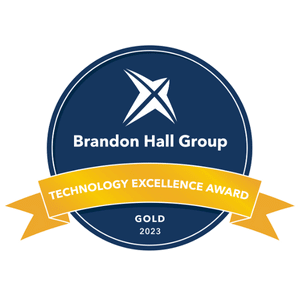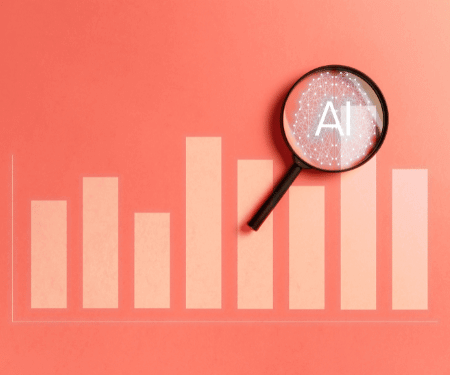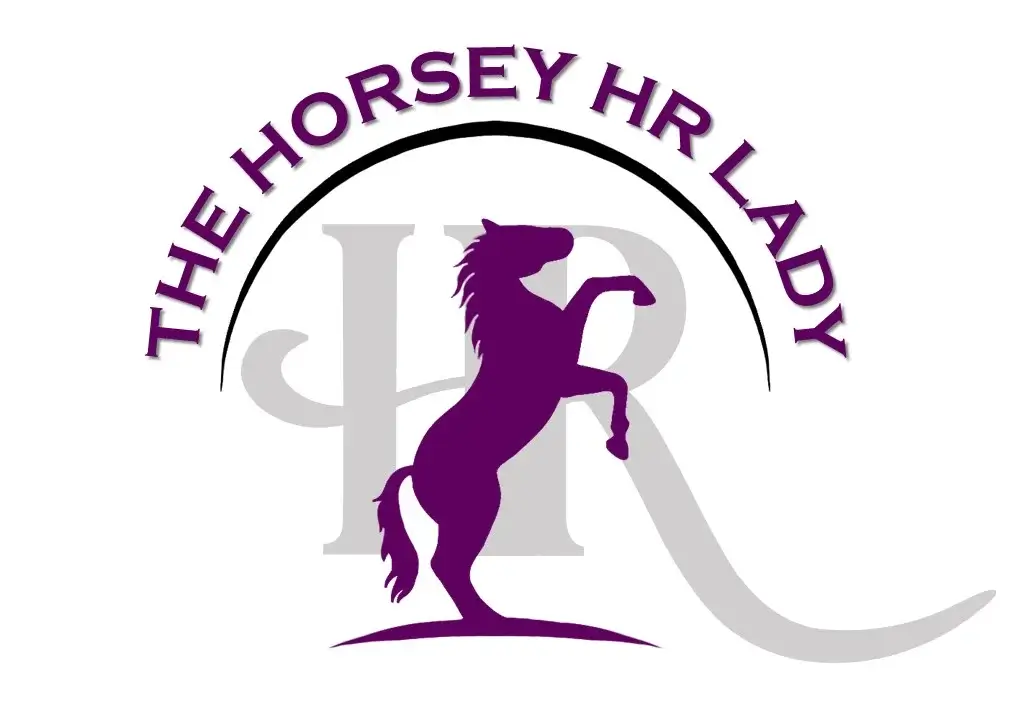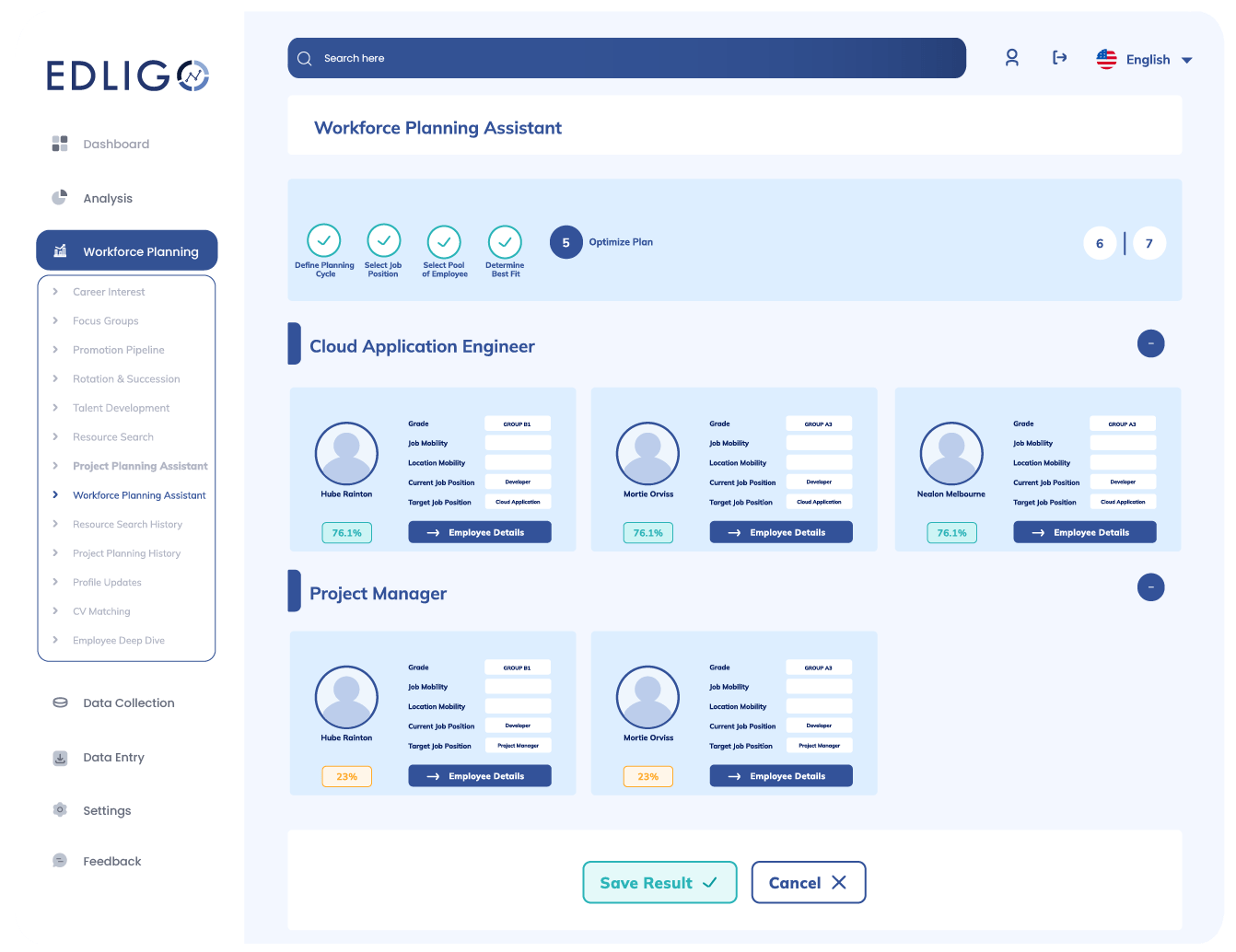
EDLIGO Talent Analytics Wins GOLD in Brandon Hall Group’s Excellence in Technology Awards 2023
The 2023 Brandon Hall Group Excellence in Awards™ are given for work in Learning and Development, Talent Management, Talent Acquisition, Human Resources, Sales Enablement, Future of Work, and Education Technology.
EDLIGO, a leader in innovative AI-Powered Talent Analytics, won a coveted Brandon Hall Group Gold award for excellence in the Talent Management for Best Advance in Talent Management Measurement/Business Impact Tools category.
EDLIGO ‘s win was announced on December 7, 2023. The winners are listed at https://excellenceawards.brandonhall.com/winners/
EDLIGO’s achievement of the prestigious Gold award in the Talent Management category of the Brandon Hall Group Excellence in Technology Awards is a testament to our commitment to innovation, exceptional teamwork, and advancements in AI for Talent Management and Analytics. Through the seamless collaboration of our dedicated team, our customers, and our partners, EDLIGO continues to redefine the landscape of talent management with the integration of cutting-edge AI developments. This award, in this year’s edition with focus on measurement and business impact, solidifies our position as a leader in technological excellence, providing organizations with transformational solutions to make impactful data-driven decisions in talent management.
“Winning the Gold award in the Talent Management category, our third recognition by the Brandon Hall Group Excellence in Technology Awards, is a tribute to the dedication and innovation spirit of the entire EDLIGO team, collaborating closely with our customers and partners. This achievement underscores our commitment to transforming talent management processes through the effective use of AI-powered analytics, embracing the new and emerging needs of a modern workplace, and ensuring organizations can make informed decisions, empower their workforce, and stay ahead in the ever-evolving landscape of the Future of Work.” – said Dr. Lassaad Essafi, CEO of EDLIGO.
“In our 30th year, the Excellence in Technology Awards continue to showcase the best innovations in learning, talent management, talent acquisition, HR, workforce management, and sales enablement technologies. We are proud to receive applications from a diverse range of organizations globally, reflecting the ever-evolving landscape of technology solutions.” – said Brandon Hall Group Chief Operating Officer Rachel Cooke, leader of the Excellence Awards program.
Entries were evaluated by a panel of veteran, independent senior industry experts, Brandon Hall Group analysts, and executives based upon these criteria: fit the need, program design, functionality, innovation, and overall measurable benefits.
“Our awards program is distinguished by the thorough evaluation process led by industry experts. Judges meticulously score each entry, and our executive leadership team at Brandon Hall Group reviews and validates the judging and scoring. The level of the award is solely determined by the number of points, ensuring a fair and unbiased recognition of excellence in technology,” said Brandon Hall Group Chief Executive Officer Mike Cooke.
About EDLIGO
EDLIGO Talent Analytics is an AI-powered frontrunner solution for data-driven talent management and workforce planning. It helps organizations make the right talent management decisions by leveraging the power of data and AI and provides precise measures of talent management’s impact on business success.
EDLIGO has a strong track record, with customers successfully using our platform in more than ten countries, with more than 2 million users, and with more than 15 patents filed. In 2023 EDLIGO was recognized as one of Germany’s 3 most Innovative mid-sized companies in software. EDLIGO offers an advanced AI-powered comprehensive Talent Analytics solution for data-driven talent management, workforce planning, competency management, employee experience management, ESG and DEI compliance.
About Brandon Hall Group™
Brandon Hall Group is the only professional development company that offers data, research, insights, and certification to Learning and Talent executives and organizations. The best minds in Human Capital Management (HCM) choose Brandon Hall Group to help them create future-proof employee development plans for the new era.
For over 30 years, we have empowered, recognized, and certified excellence in organizations worldwide, influencing the development of over 10 million employees and executives. Our HCM Excellence Awards program was the first to recognize organizations for learning and talent and is the gold standard, known as the “Academy Awards of Human Capital Management.”
The awards recognize the best organizations that have successfully developed and deployed programs, strategies, modalities, processes, systems, and tools that have achieved measurable results. We are honored to receive applications from organizations worldwide ranging from small, medium, large, and global enterprises to government, not-for-profits, and associations.










